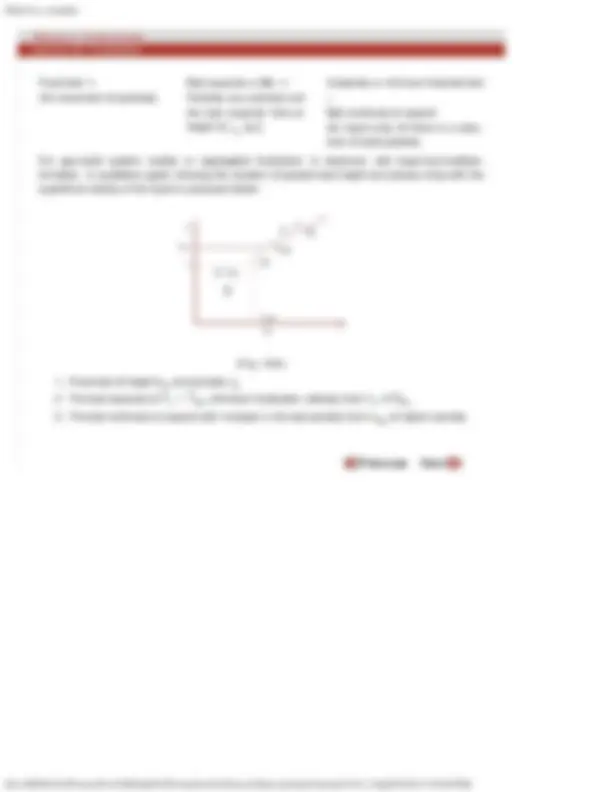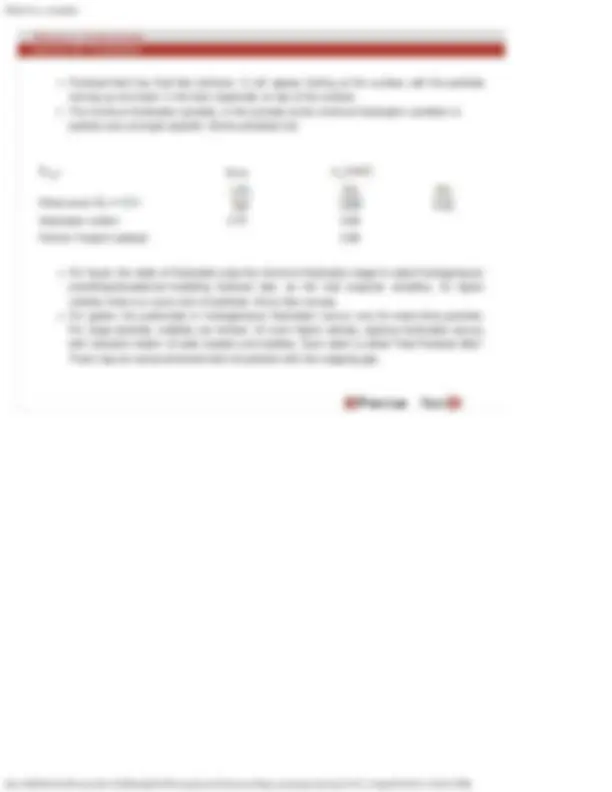





Study with the several resources on Docsity

Earn points by helping other students or get them with a premium plan


Prepare for your exams
Study with the several resources on Docsity

Earn points to download
Earn points by helping other students or get them with a premium plan
Community
Ask the community for help and clear up your study doubts
Discover the best universities in your country according to Docsity users
Free resources
Download our free guides on studying techniques, anxiety management strategies, and thesis advice from Docsity tutors
The main points are: Fluidization, Packed Beds, Bed of Solid Particles, Ergun's Equation, Pressure–Drop Balances, Particles–Movement, Fluidized Bed, Frictional Force, Weight of Particles, Compressive Forces, Perspex Made Column
Typology: Study notes
1 / 5

This page cannot be seen from the preview
Don't miss anything!




When a liquid or gas is passed at a relatively small velocity though a bed of solid particles, the particles do not move. Fluid moves through the voids between the particles; pressure– drop is calculated by Ergun's equation. If the flow rate is steadily increased, pressure–drop (or drag) increases. Eventually, particles tend to move and bed expands a little. A stage is reached when the pressure–drop balances the weight of solid particles and buoyancy. Now, the bed apparently seems to be boiling. Particles–movement increases; yet they do not leave the bed. Such bed is termed as ‘fluidized bed'. Mechanistically, the frictional force (drag) between particles and fluid just counterbalances the weight of the particles; the vertical component of compressive forces between particles disappear and equates the effective weight. A simple experiment can be carried out to observe the movement of particles packed within a glass or Perspex made column. The height of the bed and the pressure–drop across the bed can be measured with accuracy:
(fig. 32a)
(Fig. 32c) Very-often a hysteresis is observed, if the velocity is gradually decreased:
(Fig. 32d)
Fluidized–bed has fluid–like behavior. It will appear boiling at the surface, with the particles moving up and down in the bed, especially on top of the surface. The minimum fluidization porosity, or the porosity at the minimum fluidization condition is particle–size and type–specific. Some examples are:
Size
Sharp sand, Adsorption carbon 0.72 0. Fischer-Tropsch catalyst 0.
For liquid, the state of fluidization past the minimum fluidization stage is called homogeneous/ smooth/particulate/non–bubbling fluidized bed, as the bed expands smoothly. At higher velocity, there is a carry-over of particles. Slurry flow ensues. For gases, the particulate or homogeneous fluidization occurs only for small (fine) particles. For large particles, bubbles are formed. At even higher velocity, vigorous fluidization occurs, with turbulent motion of solid clusters and bubbles. Such state is called “Fast Fluidized Bed”. There may be carryover/entrainment of particles with the outgoing gas.